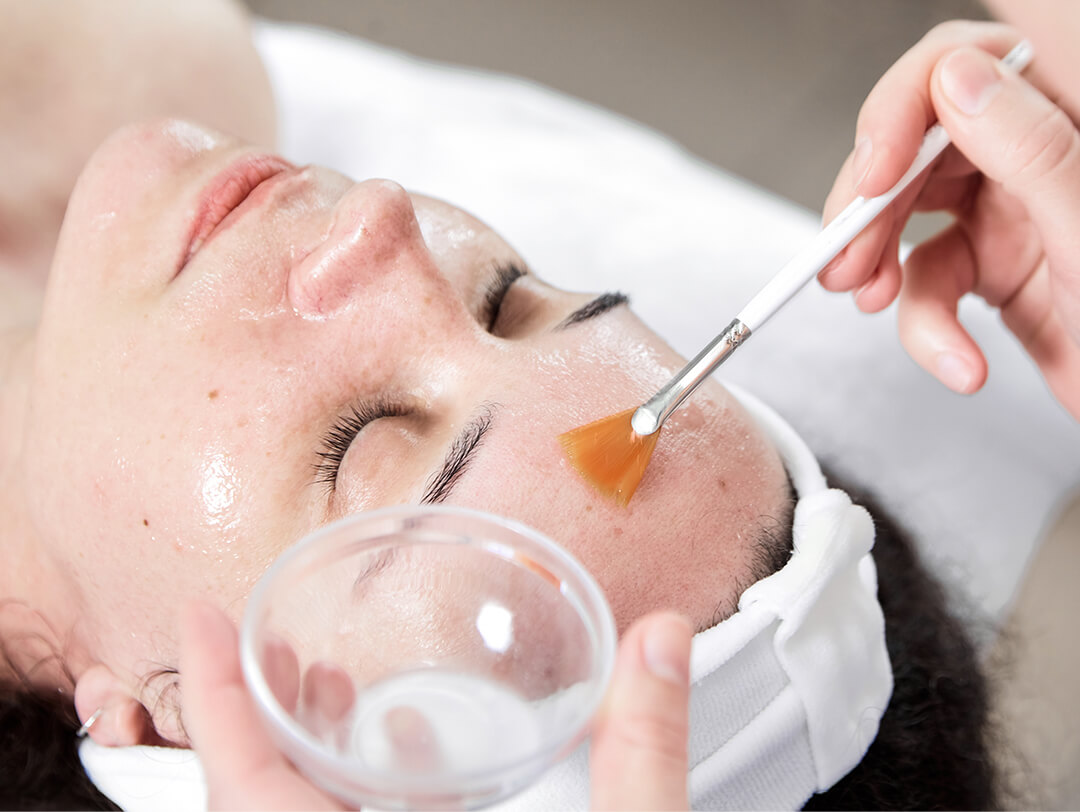Glycolic acid peels are among the most popular chemical exfoliation treatments for rejuvenating the skin. They offer visible improvement in skin texture, tone, and radiance without the need for invasive procedures. At the heart of their effectiveness lies their ability to penetrate the skin at different depths depending on concentration, pH, and application time. When properly applied, these peels can transform dull, uneven skin into a smoother, more youthful-looking complexion. The benefits of Glycolic Acid Peel in Dubai are especially appreciated in the region’s climate, where skin often faces sun exposure and dehydration.
How Glycolic Acid Works on the Skin
Glycolic acid, derived from sugarcane, is part of the alpha hydroxy acid (AHA) family. Its molecules are smaller than most other AHAs, allowing them to penetrate the upper layers of the skin more easily. This deep penetration enables glycolic acid to dissolve the bonds that hold dead skin cells together. As these cells shed, new, healthier skin is revealed beneath, giving a radiant and refreshed appearance.
The process also stimulates collagen production, an essential protein responsible for maintaining skin’s firmness and elasticity. With regular treatments, glycolic acid peels not only exfoliate but also encourage long-term rejuvenation by promoting the regeneration of new skin cells.
The Layers of Skin and How Deep Peels Go
The human skin has three main layers: the epidermis, dermis, and subcutaneous tissue. The depth of a glycolic acid peel depends on its formulation and purpose.
- Superficial Peels: These are the mildest form and typically penetrate only the epidermis. They’re ideal for gentle exfoliation, brightening the skin, and addressing minor imperfections such as uneven tone or mild acne.
- Medium Peels: These go a bit deeper, reaching the upper part of the dermis. They’re more effective for reducing fine lines, acne scars, and pigmentation.
- Deep Peels: Though glycolic acid is not commonly used for deep peeling, higher concentrations applied by professionals can reach deeper layers for more significant skin renewal.
Factors Influencing Peel Penetration
Several variables determine how deeply a glycolic acid peel penetrates the skin:
- Concentration of Acid: The higher the percentage of glycolic acid, the deeper the peel will penetrate. Lower concentrations (10–20%) are common in at-home peels, while higher concentrations (30–70%) are used in professional settings.
- pH Level: A lower pH means a more acidic and potent peel, which can reach deeper layers of the skin.
- Duration of Application: The longer the acid stays on the skin, the more time it has to penetrate. Professionals carefully time this to avoid irritation or burns.
- Skin Type and Condition: Sensitive or dry skin might absorb acid differently than oily or thick skin, affecting how deep the peel goes.
What to Expect During the Procedure
A glycolic acid peel treatment is relatively quick, usually taking less than 30 minutes. The skin is first cleansed to remove oils or impurities. Then, the glycolic acid solution is applied evenly across the face or target area. A tingling or mild burning sensation is normal, as the acid begins to work. After the desired time, the peel is neutralized with a special solution and gently removed.
Following the procedure, the skin may appear slightly red or tight, similar to a mild sunburn. Peeling and flaking may occur over the next few days, revealing softer, fresher skin underneath. It’s essential to use sunscreen and avoid direct sun exposure to protect the new skin cells.
Ideal Candidates for Glycolic Acid Peels
Glycolic acid peels are suitable for most skin types, though individuals with extremely sensitive or reactive skin should consult a skincare professional first. Those struggling with dullness, uneven texture, acne scars, or early signs of aging can greatly benefit. The mild yet effective nature of glycolic acid makes it a favorite among dermatologists and aestheticians.
Aftercare for Optimal Results
Proper aftercare enhances the results and reduces the risk of irritation. After a glycolic peel, the skin barrier is temporarily more delicate. Keeping the skin hydrated with gentle, non-comedogenic moisturizers helps restore its balance. Avoid harsh exfoliants, retinoids, or alcohol-based toners for several days post-peel. Sunscreen with SPF 30 or higher is a must, as the new skin is more vulnerable to UV damage.
Benefits of Regular Treatments
Consistent glycolic acid peels can lead to lasting skin improvements. With repeated sessions spaced weeks apart, collagen production increases, fine lines fade, and discoloration evens out. Many individuals notice brighter, firmer, and more radiant skin after just a few treatments.
Safety and Professional Expertise
When performed by trained professionals, glycolic acid peels are generally safe and effective. The key to success lies in the correct formulation, application technique, and post-treatment care. Improper use of strong peels can cause burns or pigmentation issues, which is why professional guidance is crucial for achieving safe results. The growing popularity of Glycolic Acid Peel Dubai highlights how this treatment continues to evolve with advancements in skincare. Clinics across the city offer customized peels tailored to individual skin types, ensuring both safety and visible results.
Conclusion
The depth of a glycolic acid peel depends on several factors, but regardless of its level, it’s a powerful tool for revitalizing the skin. From addressing texture and pigmentation to promoting a youthful glow, glycolic acid’s effectiveness comes from its ability to penetrate and renew. With proper care and professional application, it offers a safe and transformative path to healthier, smoother skin.






Comments